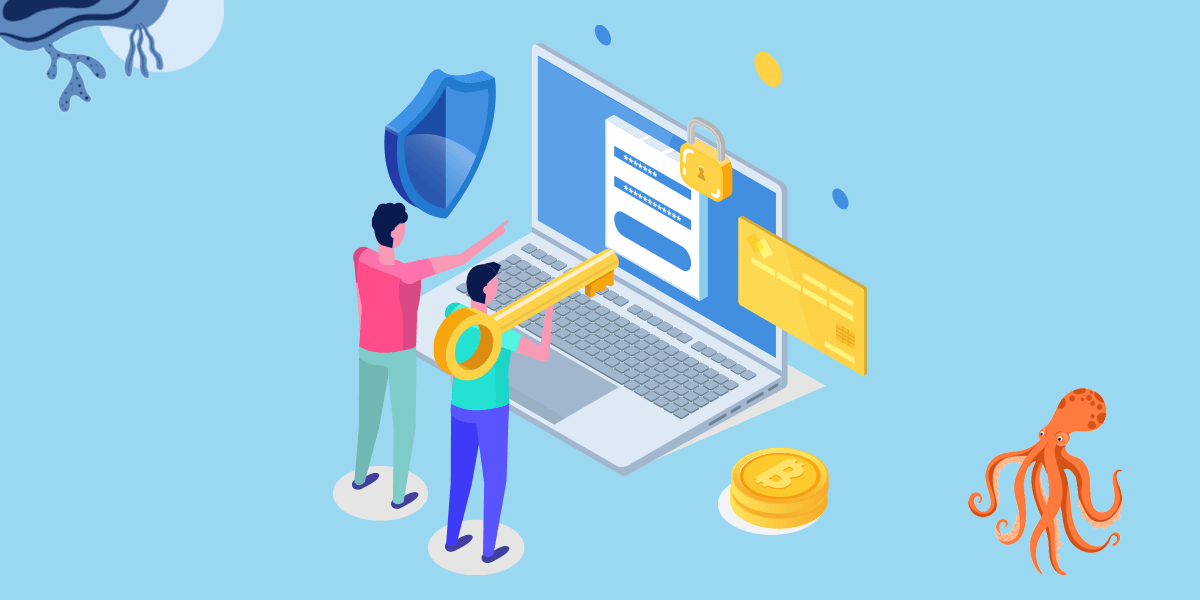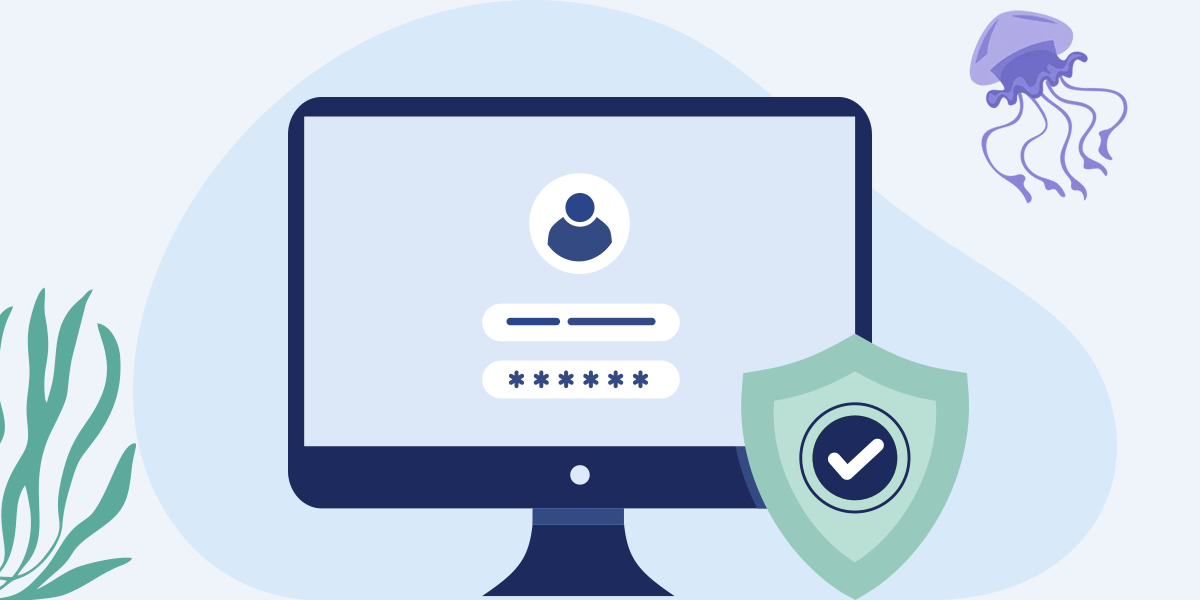


How to Create a Security-Aware Culture in Your Company



Managed service providers (MSPs) have tons of data and access to downstream client networks, making them prime targets for threats like ransomware, phishing, distributed denial of service (DDoS) and other kinds of attacks. Without a thorough security framework, your MSP can put its own data — and that of your clients — at higher risk.
However, fostering a culture of security awareness can help you manage, respond to and mitigate threats and keep client trust.
Managing the Threat Landscape — Why Security Culture Is Crucial for Every Business
As a managed service provider, you put your all into providing value for your clients. However, this might mean that certain aspects of employee cybersecurity education and growth fall by the wayside. Cyberthreats abound in every industry, and these threats are becoming more targeted and advanced as attackers develop more protocols to get through an organization's defenses.
Phishing is a primary way bad actors attempt to access a company's data, making cybersecurity solutions and defense strategies essential. These attacks have both direct and indirect costs, such as lost revenue, lack of trust, legal liabilities and fines for noncompliance. In 2023, organizations lost upwards of $4.45 million as a result of data breaches.
MSPs have sensitive information, but they also have a responsibility to safegaurd the data of their clients. Attackers can gain access to client information by targeting an MSP's systems. However, there are essential distinctions between being security aware and having a culture of security awareness. In the latter case, security responses develop on an as-needed basis, while a security culture infuses preparation and prevention into an organization's core business practices.

Key elements of a security-aware culture include:
- Leadership.
- Employee awareness and education.
- Measuring impact.
- Leveraging technology.
Now, let's look at some practical steps for creating a security-aware culture in your company.
5 Strategies for Enhancing Employee Awareness and Education
To create a security culture at your MSP, implement these strategies:
1. Align Security Practices With Organizational Ethos
For a successful adoption of a security-aware culture in your organization, these practices need to integrate with your values and mission. If security is one with the organizational ethos, that means it's everyone's responsibility — and everyone has a role to play.
Integrating security culture development into your company values includes your mission statement. Clearly articulate your commitment to cybersecurity and reaffirm this by building security practices into your business goals. Ensure all employees, from the top down, recognize that security is essential to the company's overall success.
Furthermore, letting your clients know the commitment you've made and the practices you use to keep their data safe will go a long way in enhancing their trust in your company.
2. Craft Comprehensive Security Policies and Best Practices
Leadership plays a key role in developing a culture of security awareness, particularly in the policies and best practices employees use every day. A few elements of these initiatives include:
- Building top-down support: Leadership's role in building and maintaining security initiatives cannot be understated. Lower-level managers and staff should know who to turn to if they have questions about security policies and procedures.
- Anticipating emerging technologies and threats: Cybersecurity threats are constantly evolving. In particular, generative artificial intelligence (AI) is being employed to develop large-scale phishing attacks that more closely resemble real speech and people. In some cases, deep-fake technology can mimic the voice of trusted individuals to carry out an attack. Staying aware of these new threats is key to developing the right response.
- Evolve practices with the business: You should continually reassess and reevaluate your security policies as your business evolves. If you implement new employee training or procedures, your security practices should adapt to reflect those updates.
3. Implement Feedback Loops and Security Awareness KPIs
Leveraging feedback for continuous improvement means establishing clear lines of communication regarding security policies. Certain security training and practices may take a while to integrate, and feedback is essential for successful universal adoption. Develop avenues where employees can offer honest feedback about the new security practices and any oversights or flaws.
Key performance indicators (KPIs) for your security-aware culture might include:
- Incident response times.
- Training and assessment scores.
- The number of phishing simulations identified.
- The frequency of incidents and trends.
Tracking these KPIs before and after training will give you an even fuller picture of your organization's security readiness.
4. Promote a Culture of Reporting With Incentives
Employees need to know how to report potential security breaches, but a fear of corrective actions might give them pause. If accidentally falling for a phishing scheme results in punishment for the employee, it will make them less likely to report incidents, which impacts your ability to form a timely response.
A culture of security awareness should weave in incentives for employees who, for example, correctly identify phishing attempts. Reward those who make positive contributions to the security culture and establish a system to reinforce and encourage these positive practices. These rewards might include positive accolades from supervisors, bonuses, company charity contributions or public acknowledgment.
5. Utilize Phishing Simulation Tools to Test and Teach
One of the best ways to develop a security-aware culture at your company is to implement security awareness training (SAT). These educational resources foster understanding through real-world phishing simulations. You can promote employee engagement with features like:
- Interactive training modules: Training that includes real-world examples and employee interactions will enhance retention.
- Gamified educational tools: Making cybersecurity training fun will keep employee's attention and increase participation.
- Individualized learning paths: You can tailor the learning experience to your employee's needs and experience.
- Hands-on practice: Role-playing phishing email scenarios will give employees the skills to respond to a variety of social engineering attacks.
Phin Security employs cutting-edge technologies to leverage employee training with real-world situations. Our SAT and phishing simulations use realistic templates that are ever-evolving to keep simulations relevant. With our unique Learning Moments system, your employees will receive positive reinforcement and feedback to guide them on how to correctly identify threats the next time.
After all, it only takes one time — even in the face of thousands of attempts — for a phishing attempt to compromise your security.
As an MSP, you have a lot on your plate. That's why we've developed our automated solution where you can create campaigns without needing to constantly manage them. Our technology compiles weekly, monthly and instant phishing reporting so you can have full, seamless access to your campaigns and send automated reports to relevant stakeholders.
Cultivating a Sustainable Security-Aware Culture With Phin Security
Partnering with Phin Security can help you achieve your cybersecurity awareness objectives. Comprehensive SAT solutions like our automated phishing simulations will cultivate a security-aware culture that will help you reach your objectives and build trust with your clients.
For more information about our MSP-focused security solution, contact us to start your free trial.







Leave a comment: